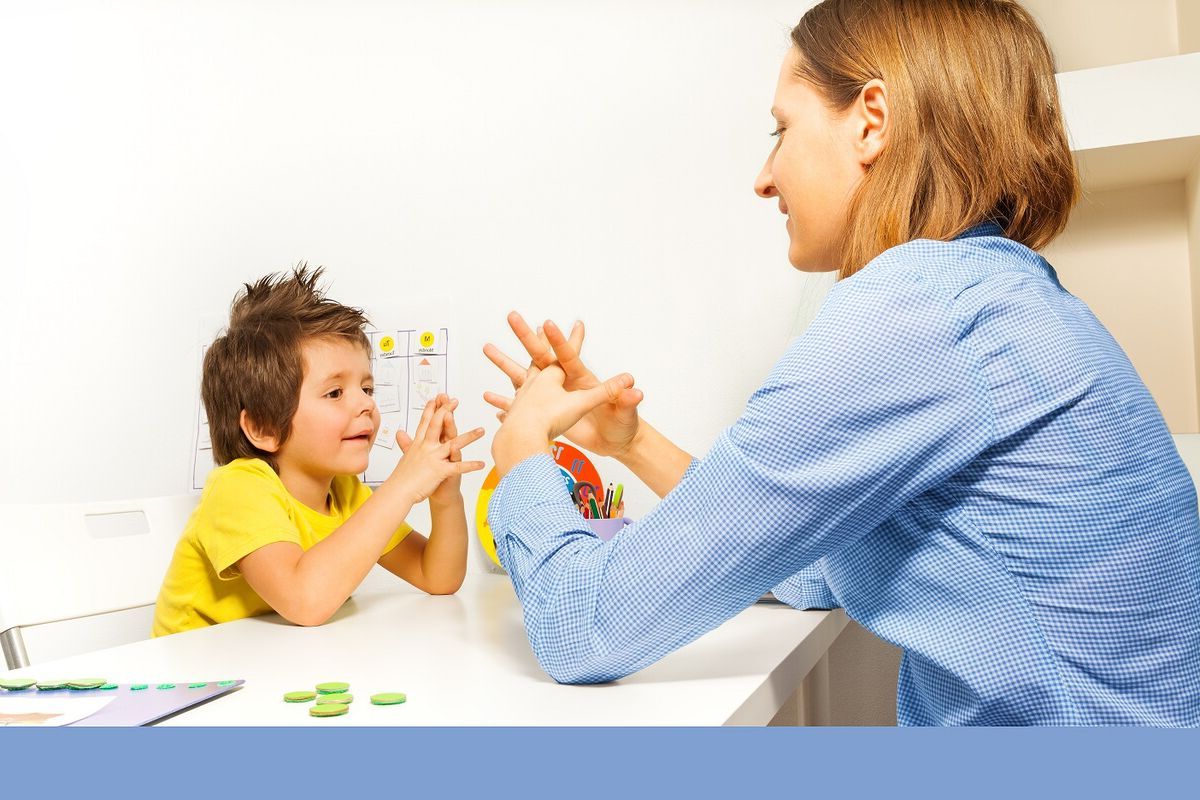
Developmental Dysphasia Familial is a condition that affects language development in children, often running in families. This disorder can make it difficult for kids to understand or use spoken language, even though their hearing and intelligence are typically normal. Symptoms might include trouble forming sentences, limited vocabulary, and difficulty following directions. Early diagnosis and intervention are crucial for helping children improve their language skills. Therapies such as speech-language therapy can make a significant difference. Understanding the genetic factors and how they influence this condition can also help in managing it better. Let's dive into 30 facts that shed light on this intriguing condition.
Key Takeaways:
- Developmental Dysphasia Familial is a rare genetic disorder affecting language development, causing speech delays and comprehension challenges despite normal intelligence. Early diagnosis and intensive speech therapy are crucial for support.
- Ongoing research on Developmental Dysphasia Familial aims to understand its genetic basis, develop early intervention programs, and explore innovative therapies. Collaboration and increased funding offer hope for better management in the future.
What is Developmental Dysphasia Familial?
Developmental Dysphasia Familial is a rare genetic disorder affecting language development. Children with this condition struggle with speech and language skills despite normal intelligence and hearing. Let's dive into some fascinating facts about this condition.
-
Genetic Link: Developmental Dysphasia Familial often runs in families, suggesting a strong genetic component. Researchers believe multiple genes may be involved.
-
Speech Delay: Children with this condition typically experience significant delays in speech development. They might start speaking later than their peers.
-
Language Comprehension: Understanding spoken language can be challenging. These children may have difficulty following instructions or understanding complex sentences.
-
Expressive Language: Forming sentences and expressing thoughts clearly is often difficult. They might use shorter sentences or struggle with grammar.
-
Normal Intelligence: Despite language difficulties, children with Developmental Dysphasia Familial usually have normal intelligence levels.
-
Hearing: Hearing abilities are typically normal. The issue lies in processing and producing language, not in hearing sounds.
-
Early Signs: Signs can appear as early as infancy. Lack of babbling or limited vocabulary by age two can be early indicators.
-
Diagnosis: Diagnosing this condition involves a thorough evaluation by speech-language pathologists, audiologists, and geneticists.
-
Speech Therapy: Intensive speech therapy is crucial. It helps improve language skills and communication abilities.
-
Individualized Education Plans (IEPs): Schools often create IEPs to support children with this condition, tailoring education to their specific needs.
Symptoms and Challenges
Understanding the symptoms and challenges faced by individuals with Developmental Dysphasia Familial can help in providing better support.
-
Word Retrieval: Finding the right words can be a struggle. This can lead to pauses or using incorrect words.
-
Phonological Processing: Difficulty with phonological processing means trouble recognizing and manipulating sounds in words.
-
Reading and Writing: Reading and writing skills can be affected. Children might have trouble learning to read or write correctly.
-
Social Interaction: Language difficulties can impact social interactions. Making friends and participating in conversations can be challenging.
-
Frustration: Frustration and anxiety are common. Struggling to communicate can lead to emotional distress.
-
Behavioral Issues: Some children might exhibit behavioral issues due to frustration with communication.
-
Family Impact: The condition can affect family dynamics. Parents and siblings might need to adapt communication styles.
-
Support Groups: Joining support groups can provide families with resources and emotional support.
-
Technology Aids: Assistive technology, like speech-generating devices, can help improve communication.
-
Consistency: Consistent practice and reinforcement are key. Regular speech therapy sessions and practice at home are essential.
Research and Future Directions
Ongoing research aims to better understand and treat Developmental Dysphasia Familial. Here are some insights into current studies and future possibilities.
-
Genetic Studies: Researchers are studying the genetic basis of the condition. Identifying specific genes could lead to targeted treatments.
-
Brain Imaging: Brain imaging studies help understand how the brains of affected individuals process language differently.
-
Early Intervention: Early intervention programs are being developed to provide support as soon as signs appear.
-
New Therapies: Innovative therapies, including computer-based programs, are being explored to enhance language skills.
-
Parent Training: Training programs for parents teach strategies to support language development at home.
-
Longitudinal Studies: Long-term studies track the progress of individuals over time, providing valuable data on the condition's progression.
-
Collaboration: Collaboration between geneticists, neurologists, and speech therapists is crucial for comprehensive care.
-
Awareness Campaigns: Raising awareness about the condition helps reduce stigma and promotes understanding.
-
Funding: Increased funding for research can accelerate the development of effective treatments.
-
Hope for the Future: Advances in genetics and neuroscience offer hope for better understanding and managing Developmental Dysphasia Familial.
Final Thoughts on Developmental Dysphasia Familial
Understanding Developmental Dysphasia Familial can make a big difference for families dealing with this condition. Knowing the symptoms, causes, and treatment options helps in managing it better. Early diagnosis and intervention are crucial for improving communication skills in affected children. Speech therapy, occupational therapy, and special education programs can offer significant support. Genetic factors play a role, so awareness within families is important. Sharing information and experiences can provide emotional support and practical advice. Remember, every small step in understanding and managing this condition can lead to better outcomes for those affected. Stay informed, seek professional help when needed, and support each other through the journey.
Frequently Asked Questions
Was this page helpful?
Our commitment to delivering trustworthy and engaging content is at the heart of what we do. Each fact on our site is contributed by real users like you, bringing a wealth of diverse insights and information. To ensure the highest standards of accuracy and reliability, our dedicated editors meticulously review each submission. This process guarantees that the facts we share are not only fascinating but also credible. Trust in our commitment to quality and authenticity as you explore and learn with us.
